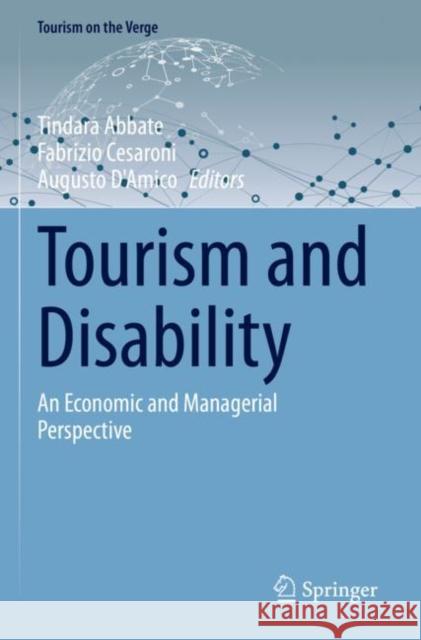Tourism and Disability: An Economic and Managerial Perspective » książka
Tourism and Disability: An Economic and Managerial Perspective
ISBN-13: 9783030936143 / Angielski
Tourism and Disability: An Economic and Managerial Perspective
ISBN-13: 9783030936143 / Angielski
(netto: 575,06 VAT: 5%)
Najniższa cena z 30 dni: 578,30
ok. 22 dni roboczych
Dostawa w 2026 r.
Darmowa dostawa!
This book addresses existing challenges and opportunities related to tourism for people with disabilities. A niche market that is largely underdeveloped, its potentials are also often underestimated. It examines the strategies, policies, and initiatives – at regional, national, and international levels – to foster the development of accessible tourism for people with disabilities. It does so by examining the different social, cultural, legal, and information/interactive barriers that represent important constraints to welfare, inclusion, integration, and promotion of civil rights, which bring difficulties and detriment to tourists with disabilities.Additionally, the book analyzes the characteristics and dynamics of that portion of the tourism industry that is more oriented to meet the distinctive travel demand of people with disabilities. In doing so, the book explores how preferences for travel services and facilities of people with disabilities differ from preferences of tourists without disabilities. All these issues are addressed from both a theoretical and a practical perspective by adopting a multidisciplinary approach, which leverages from the fields of management, economics, and statistical analysis. The book can be useful for a broad audience made of both researchers and practitioners (among which tourism companies and corporate trainers) who are expected to deal with the topic of tourism management.
This book addresses existing challenges and opportunities related to tourism for people with disabilities. A niche market that is largely underdeveloped, its potentials are also often underestimated. It examines the strategies, policies, and initiatives – at regional, national, and international levels – to foster the development of accessible tourism for people with disabilities. It does so by examining the different social, cultural, legal, and information/interactive barriers that represent important constraints to welfare, inclusion, integration, and promotion of civil rights, which bring difficulties and detriment to tourists with disabilities.Additionally, the book analyzes the characteristics and dynamics of that portion of the tourism industry that is more oriented to meet the distinctive travel demand of people with disabilities. In doing so, the book explores how preferences for travel services and facilities of people with disabilities differ from preferences of tourists without disabilities. All these issues are addressed from both a theoretical and a practical perspective by adopting a multidisciplinary approach, which leverages from the fields of management, economics, and statistical analysis. The book can be useful for a broad audience made of both researchers and practitioners (among which tourism companies and corporate trainers) who are expected to deal with the topic of tourism management.











